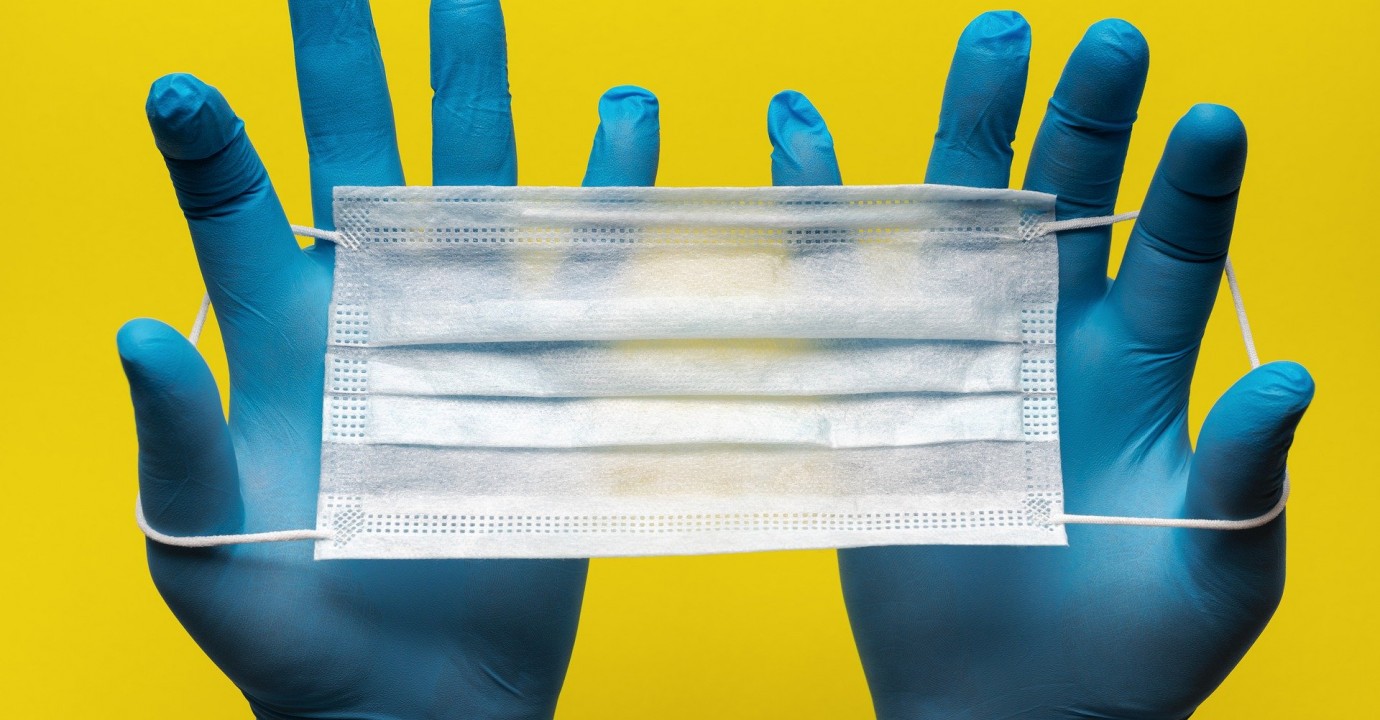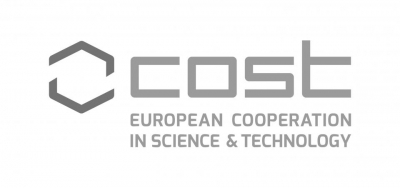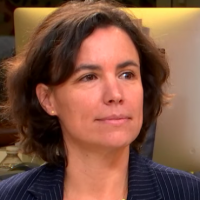
The project
“Who Cares in Europe?” focuses on the question of how state welfare emerged from the social welfare provided by non-profit, non-state institutions and individuals; how it has developed and changed over time; and how, in recent years, it has entered into crisis in many countries. Our approach emphasizes the welfare state’s deep historical roots, and uses local case studies to recover the “voices” and contributions of individuals, families and voluntary associations.
To this end, we adopt a triadic optic that examines the circle of interactions among families, voluntary welfare associations and states in the creation of social welfare. Insofar as this innovative approach enables us to consider families, in all their diversity, as actors who, in addition to receiving assistance, can and do shape social policy and provide care, the triadic optic has the potential to radically shift dominant paradigms in the field of welfare studies. Of course, the agency and scope for action of these three partners in social welfare – associations, families and states – is by no means equal, and their actions are dissimilar in nature. Yet the evidence so far suggests that all three have participated in creating what has come to be called the welfare state.
The topic is urgent because the welfare role of the state is currently being questioned in many European countries and greater prominence proposed for the voluntary and private sectors. But historical analyses reveal that what is often proposed as an innovative solution to current problems – greater recourse to the voluntary sector – has been intrinsic to what we call welfare states since their inception. Our project points toward a deeper, more nuanced understanding of the nature of welfare states and of what is at stake in current debates in order to make a constructive contribution to those debates.
The network is divided into four Working Groups:
- Families and social welfare/social care
- Mixed economies of welfare
- Transnational humanitarian action
- Intellectual traditions
A series of transversal research projects, that traverse the four working groups, play a critical role in linking up the working groups, which is critical to a project whose triadic method is based precisely on exploring the circle of relations among families (WG 1), voluntary associations (WG 2 & 3) and states (WG 2, 3 &4). Our approach thus rests on ensuring fluid circulations among all four working groups via our already numerous transversal projects.
‘Yes We Care’, chaired by Benoît Majerus, is one such transversal research project.
Professor of British History
Université de Paris, LARCA UMR 8225
Chair of COST European Action “Who cares in Europe?”
Traces and memories of an ongoing pandemic – Yes We Care.
COST Action – “Who cares in Europe”
“Um, well when I look back, when everything started in China in December, I was already interested in this thing as a nurse and medical professional. Back then when I watched the television I was naturally impressed by what the Chinese had achieved. Today we’re debating if what they did was right or not. But er, when we see how long it took to build a hospital in Luxembourg, in Europe in general, and when they needed an annexe, they bult it in 2-3 days, it’s already pretty impressive.”[1]
These are the first phrases of the first interview caried out on the 1st April 2020 with Jean Dupond, a nurse working in Luxembourg for the “Yes We Care” project. The small European country entered lockdown on the 16th March 2020.[2] As in other countries, initiatives were launched in Spring 2020 to collect traces from the events that were in the process of unfolding. One such project that took place from inside the Centre for Contemporary and Digital History (C2DH) at the University of Luxembourg consisted of collecting oral testimonies from persons working in the health sector. The extract cited at the beginning of this text is taken from the first interview carried out and offers numerous possible readings: a geographical interpretation of a phenomenon not yet classed as a pandemic, to three levels including a worldwide vision of China as thebdeparture point of the pandemic and as an ambiguous model: as well as a vision that mixes the European and Luxembourgish spaces – perhaps a specificity of the Grand Duchy linked to a strong European identification[3]; and finally discusses a very localised experience of space when concerned with the place of work.
Multiple Collections
The transmission of the virus and its sanitary, social and economic consequences quickly brought about a consensus: the COVID-19 pandemic would be a “historical event”[4]. This realisation has driven the humanities and social sciences to directly invest in this new nascent field in a significant manner. Numerous collections of traces of the event have begun to see the light of day. Several projects make reference to “rapid response collecting” put in place in the United States, for example after the 9/11 terrorist attacks, or after the Pulse nightclub shooting in Orlando, and was similarly carried out in France after the attacks in 2015 and 2016 to explain their progression in a historical manner.[5] We can nonetheless place these initiatives within a much older genealogy, in which the collection does not take place after, but during the event. Thus, during the First World War, numerous collections began to reflect upon future historical stories by preserving objects and testimonies. What would eventually become the Imperial War Museum originated in 1917 from a civilian initiative to construct a network of local committees scattered around Great Britain. In the same manner, the current La Contemporaine library in Nanterre was born out of the private initiative of two Parisian industrial figures, Louise and Henri Leblanc, in 1914.[6]
In the last few months, several countries have seen the birth of collections of traces of the COVID-19 pandemic: the International Federation for Public History has registered more than 500 initiatives of this type across the world.[7] It will be interesting to see how the historians (and sociologists) who launched these initiatives justify their pathways and place themselves in the movements of solidarity founded upon charity and volunteers which has developed in a broader sense during the pandemic.[8]
A specific case and a heterogenous sampling
The “Traces and memories of an ongoing pandemic – Yes We Care” project is situated within the movement described above. It was born out of a History department, the Centre for Contemporary and Digital History (C2DH) and was essentially carried out by historians, though several members of the administrative staff joined the collection.[9] The decision was made to concentrate on healthcare workers, with a broad definition of the field of healthcare. The sample therefore encompasses five nurses, four doctors but also two health institution directors, a funeral home employee, a physiotherapist… totalling around 20 people (10 women and 11 men). The choice of participants was made in a snowball effect by word of mouth. The conditions for participation were diverse. While some were willing for their testimonies to be published like on the Luxembourgish online collection platform covidmemory.lu, others insisted that their testimonies only be used for the purposes of university research and with their permission, in an anonymised fashion, as was the case for Jean Dupond, cited at the beginning of this article.
Contrary to many Oral History projects, which carry out one or two long interviews, we made the decision for a more longitudinal approach, across short (15-20 minutes) regular interviews (every 3-4 days in the first instance) which would repeat with the same interviewers and would start with a checklist of indicative questions: the goal was to build an audiovisual journal of healthcare professionals working in Luxembourg. This approach was inspired by a project from Brussels centred around a collection of documentaries launched in mid-March and whose first results were published as a webseries entitled “First wave,” on Belgian public television channel RTBF’s network. Like them, we carried out interviews not in person, but through videoconference tools (Skype, Zoom, Webex, etc…), a method that had been strongly discouraged in Oral History manuals… before the pandemic hit.
In the meantime (as at mid-December 2020), we have assembled around 280 interviews with 110 hours of recordings). The sheer diversity of the material makes a quantitative analysis difficult. The months of April to June were covered in a very intense manner with an average of 65 interviews per month, and then this dropped to around 10-15 interviews. The so-called second wave did not lead to an increase in this pace. This is linked, on one hand, to the fact that several participants no longer wished to partake, and on the other hand, to the fact that interviewers carried out this work alongside their existing professional obligations and some wished to dedicate more time to their usual occupations. The number of interviews collected per person therefore varies between 3 and 35.
One story among many: clothing materiality in healthcare under COVID-19
The fact of carrying out non=directive interviews of course opens up an infinite scope of themes that could be treated through this source. I would like to end this small presentation with one of the subjects that is particularly important to me: the materiality of health practices[10] which, through masks, has seen an increased visibility. Masks have indeed become the emblematic and controversial objects of the COVID19 pandemic: a symbol of conflict between scientific communities, the failings of public health, of community solidarity, of gloabalised production and even ecological calamities.[11] This medical object has suddenly become a daily object outside of healthcare but also crucial to that sector.
In the history of medicine and of healthcare, the main points of interest usually lie in “durable objects” of material culture like medical instruments and architecture[12] but not really on “soft objects” such as ordinary clothing.[13] Certain studies from cultural inspiration have shown how clothing can be manifestations of sex, class or race,[14] but few have treated the question of how healthcare practices are conditioned by the materiality of clothes.
The pandemic has fundamentally changed the material clothing culture of healthcare personnel. Though the majority of them were already wearing some sort of uniform before March 2020, whether for hygiene reasons or as a visual indicator of status, COVID19 has greatly transformed dress codes even beyond the mask. These new “protections” have profoundly changed the healthcare experience in several aspects. As this protection completely and intimately covers the body, work conditions have become much worse. The lack of possibility to go to the toilet or to take a drink, for example, has provoked new bodily experiences. Verbal and non-verbal communication with colleagues but also patients has been transformed into a difficult challenge. It became necessary to adopt new working routines, as clothing took longer to remove. The sensory landscape (sight, sound, touch, taste, smell) of healthcare have been vastly altered. While healthcare garments have been marked as slow to standardise since the 1970s, the pandemic has made uniform, medicalised clothing a necessity. The corpus of testimonies that is in the process of being built allows, among other things, to see what the pandemic has done to the materiality of healthcare.
The fact of starting this collection during the event (rapid collecting response) allows us to see the changes in the daily practices of healthcare that are quickly erased by the new normality brought about by the pandemic: the question of the mask in particular and of clothing tools in general was very prevalent in the first months on the collection, but is now completely absent from the testimonies currently being collected.
Historian
Université du Luxembourg
COST Action 18119
Notes
[1] Interview with Jean Dupond (anonymised name), nurse, by Victoria Mouton carried out 1st April 2020 via Skype.
[2] As is often the case in recent events, the first historical storytelling was made on the collaborative Wikipedia platform : this is seen through a (factual) article about the pandemic in Luxembourg “COVID-19-Pandemie zu Lëtzebuerg” Wikipedia 2020. lb.wikipedia.org/w/index.php?title=COVID-19-Pandemie_zu_L%C3%ABtzebuerg&oldid=2314803. Consulted 14th December 2020 à 17h49.
[3] Benoît Majerus, « Le petit Européen parfait. L’Europe, le Luxembourg et la construction nationale », dans Nicolas Beaupré et Caroline Moine (dir.), L’Europe de Versailles à Maastricht, Paris, Seli Arslan, 2007, p. 225‑235.
[4] Arlette Farge, « Penser et définir l’événement en histoire. Approche des situations et des acteurs sociaux », Terrain. Anthropologie & sciences humaines, 1st March 2002, no 38, p. 67‑78.
[5] In 2018, journal The Public Historian made a first summary of these initiatives. https://tph.ucpress.edu/content/40/1.
[6] Jennifer Wellington, Exhibiting war: the Great War, museums and memory in Britain, Canada, and Australia, Cambridge, CUP, 2019; Jean-Jacques Becker, « La Grande Guerre et la naissance de la BDIC », Matériaux pour l’histoire de notre temps, 2010, N° 100, no 4, p. 5‑6.
[7] Bridging Editor, « Update: Mapping Public History Projects about COVID 19 ». ifph.hypotheses.org/3276. Consulted 15 December 2020.
[8] See the projet of Aniko Bernàt, entitled « Civic solidarity ».
[9] Two other projects have arisen from the same centre: covidmemory.lu, « a platform to collect photos, videos, stories and testimonies linked to COVD-19 from persons living or working in Luxembourg » (www.c2dh.uni.lu/thinkering/traces-and-memories-making-pandemic-3-covidmemory – consulted 15th December 2020) and #covid19fr which collects tweets containing keywords and hashtags relating to the epidemic in French (www.c2dh.uni.lu/thinkering/traces-et-memoires-en-devenir-dune-pandemie – consulted 15th December 2020.
[10] M. Ankele et B. Majerus (dir.), Material Cultures of Psychiatry, Bielefeld, transcript, 2020.
[11] Bruno J. Strasser et Thomas Schlich, « A history of the medical mask and the rise of throwaway culture », The Lancet, 4 July 2020, vol. 396, no 10243, p. 19‑20.
[12] Isabel Atzl et Lucia Artner, « Material Care Studies », European Journal for Nursing History and Ethics, 28 février 2019, vol. 1, no 1. www.enhe.eu/archive/2019/4852. Consulted 14 December 2020.
[13] Bronwyn Labrum, « ‘Always Distinguishable from Outsiders’: Materialising Cultures of Clothing from Psychiatric Institutions », in Exhibiting Madness in Museums, Routledge, 2012, p. 75–93.
[14] Christina Bates, A Cultural History of the Nurse’s Uniform, Gatineau, Canadian Museum of Civilization Corporation, 2012.


 Clarisse Berthezène
Clarisse Berthezène Benoît Majerus
Benoît Majerus